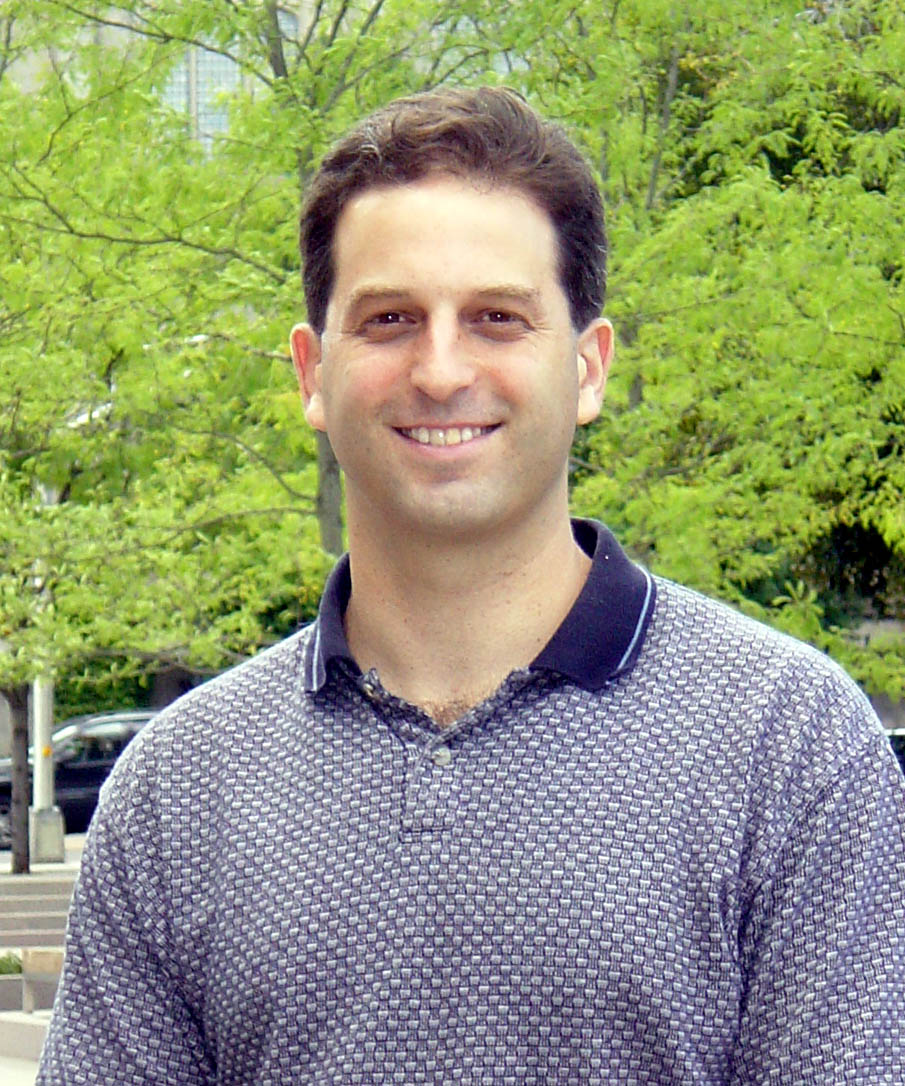Difference between revisions of "Ribosome Binding Sites/Prokaryotic/Constitutive/Community Collection"
| Line 1: | Line 1: | ||
[[Image:Ron.jpg|thumb|150px|right|The Weiss RBS family was developed by Prof. Ron Weiss, Princeton.]] | [[Image:Ron.jpg|thumb|150px|right|The Weiss RBS family was developed by Prof. Ron Weiss, Princeton.]] | ||
==Description== | ==Description== | ||
| − | The Weiss RBS family are suitable for general protein expression in ''E. coli'' or other prokaryotes. The family is known to cover a range of translation initiation rates so by testing a few family members it should be possible to find a translation initiation rate that suits your application. The family of synthetic RBS were designed by [http://weisswebserver.ee.princeton.edu/users/rweiss/ Ron Weiss]. <partinfo> | + | The Weiss RBS family are suitable for general protein expression in ''E. coli'' or other prokaryotes. The family is known to cover a range of translation initiation rates so by testing a few family members it should be possible to find a translation initiation rate that suits your application. The family of synthetic RBS were designed by [http://weisswebserver.ee.princeton.edu/users/rweiss/ Ron Weiss]. <partinfo>B0030</partinfo> is based on the CI RBS of bacteriophage λ. Further information about the RBS parts can be obtained from Prof. Weiss' [http://www.princeton.edu/~rweiss/papers/rweiss-phd-thesis.pdf PhD thesis]. |
==Obtaining Weiss RBS parts== | ==Obtaining Weiss RBS parts== | ||
Revision as of 14:25, 7 September 2008
Description
The Weiss RBS family are suitable for general protein expression in E. coli or other prokaryotes. The family is known to cover a range of translation initiation rates so by testing a few family members it should be possible to find a translation initiation rate that suits your application. The family of synthetic RBS were designed by [http://weisswebserver.ee.princeton.edu/users/rweiss/ Ron Weiss]. BBa_B0030 is based on the CI RBS of bacteriophage λ. Further information about the RBS parts can be obtained from Prof. Weiss' [http://www.princeton.edu/~rweiss/papers/rweiss-phd-thesis.pdf PhD thesis].
Obtaining Weiss RBS parts
Via de novo synthesis: Since the RBS parts are short sequences, they can be easily and cheaply ordered as two single-stranded complementary oligo's and annealed. See here for a tutorial on how to construct short parts via oligo annealing.
Via the Registry distribution: The RBS parts are included in the Registry distribution. ved from these RBS will not match the physical sequence
Characterization of the Weiss RBS family
Weiss RBS family members
| Identifier | Sequencea | Strength |
|---|---|---|
| BBa_B0030 | TCTAGAGATTAAAGAGGAGAAATACTAGATG | 1 |
| BBa_B0031 | TCTAGAGTCACACAGGAAACCTACTAGATG | 0.12 |
| BBa_B0032 | TCTAGAGTCACACAGGAAAGTACTAGATG | 0.5 |
| BBa_B0033 | TCTAGAGTCACACAGGACTACTAGATG | 0.012 |
aThe sequence of individual RBS are shown in black and red. The grey nucleotides show the bracketing sequence that results from assembling the RBS with an upstream part and a downstream coding sequence. The start codon of the downstream coding sequence is shown in green. See the "Obtaining Anderson RBS parts" section above for a description of how the physical DNA sequence of the Anderson RBS parts in the Registry differs slightly from the BioBrick® standard.

